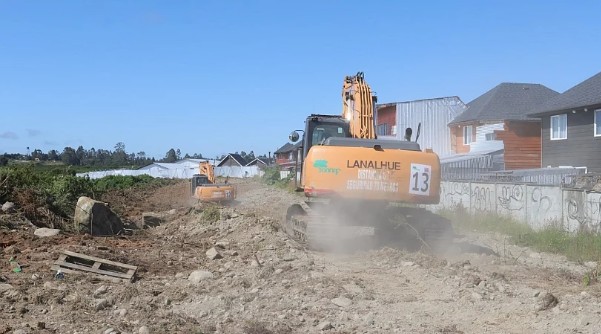Production of Wood Byproducts Declines in 2023
The sawmill industry records an 8.6% drop in the generation of wood byproducts, with permanent sawmills leading production.
The sawmill industry experienced a significant decline in the production of wood byproducts during 2023, reaching 4.33 million cubic meters, representing an 8.6% decrease compared to the previous year, according to statistical data from Infor.
This decline, though sharp, shows a slowdown in the negative trend observed in previous years.
The main factor behind this reduction has been the notable 12.4% drop in sawn wood production, influenced by a decline in economic activity both domestically and in international markets.
Permanent sawmills remain the primary producers of wood byproducts, contributing 96.8% of the total, while portable mobile sawmills and traditional ones account for 2.1% and 1.1%, respectively. This distribution reflects an increase in the share of permanent sawmills compared to 2022.
Regarding the types of byproducts, more than half correspond to primary sawdust (52.2%), followed by bark (24.9%) and wood shavings (9.7%). The remaining byproducts, which include chips (5.9%), trimmings (3.8%), and secondary sawdust (3.6%), come from the manufacturing process carried out in various sawmills.
The sawmill industry faces the challenge of adapting to market fluctuations and declining demand, seeking strategies to optimize production and find new uses for wood byproducts, which are essential for the sector's sustainability.

















